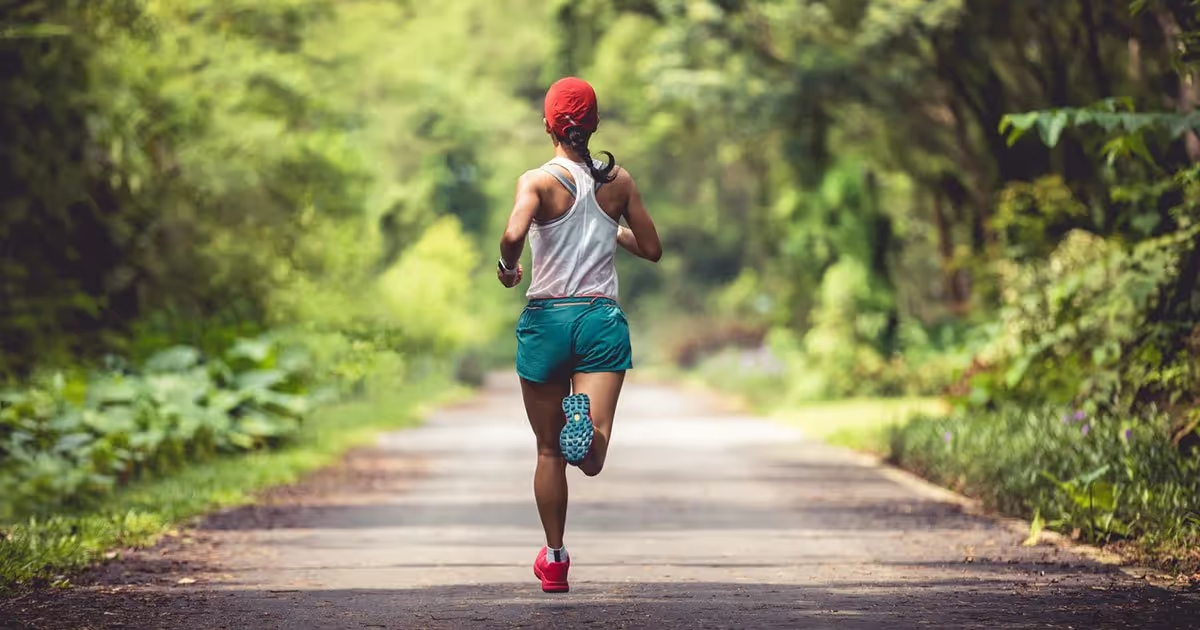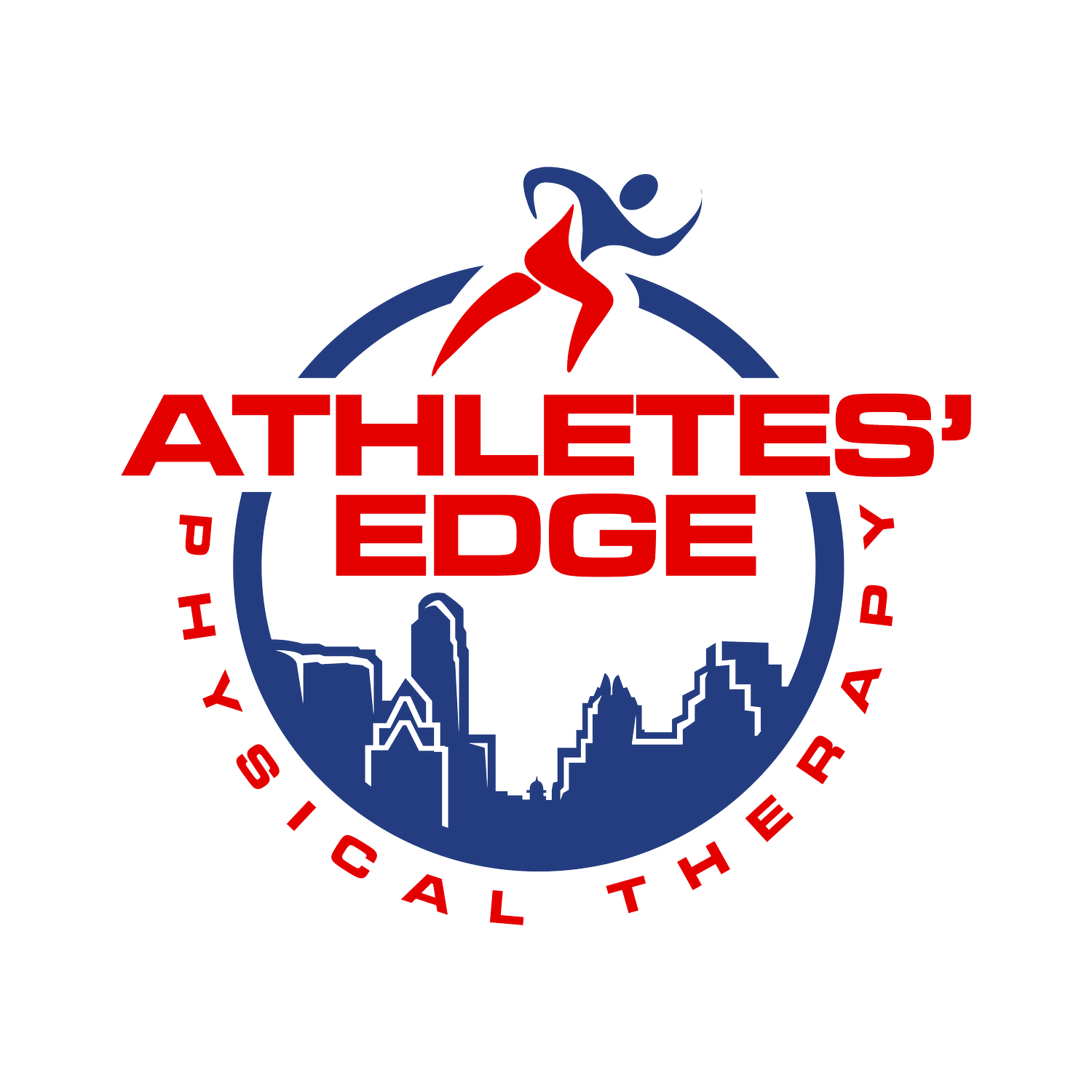Real Results: How Austin Runners Use Dry Needling to Stay Race-Ready

Austin’s active running scene means many athletes are logging high mileage year-round. But with that mileage comes tight muscles, overuse injuries, and stubborn soreness that can interrupt training.
READ: Why Sprinting Matters as We Age — A Physical Therapist’s Perspective
Dry needling is becoming a go-to solution for local runners looking to recover faster and perform better. This targeted technique helps release muscle tension and improve mobility in ways that stretching and massage sometimes can’t.
At Athletes Edge Physical Therapy, we’ve helped Austin runners use dry needling to stay consistent, train smarter, and reduce downtime, especially in a city where heat, hills, and hard pavement add up quickly.

What Is Dry Needling and How Does It Work?
Dry needling is a modern physical therapy technique that uses thin, sterile needles to target trigger points, which are tight bands of muscle that can cause pain and restrict movement. Unlike acupuncture, which is rooted in traditional Chinese medicine, dry needling is based on Western anatomical and neurophysiological principles.
When inserted into specific areas of muscle tension, the needle stimulates a twitch response. This helps release the knot, improve blood flow, and restore normal muscle function. For runners, that means less tightness, better range of motion, and faster recovery after training or races.
At Athletes Edge Physical Therapy, our clinicians use dry needling as part of a broader plan of care. Whether you're dealing with calf cramps, hamstring tightness, or hip stiffness, the goal is always the same: reduce pain, restore movement, and get you back to running strong.
READ: Are Deadlifts Bad For my Low Back?
Key Benefits of Dry Needling for Runners
For runners, recovery is just as important as training. Dry needling offers specific advantages that make it a valuable tool for maintaining performance and preventing injuries.
1. Relieves Muscle Tightness
Dry needling helps release tight or overworked muscles, especially in high-use areas like calves, quads, hamstrings, and hip flexors. This can reduce post-run soreness and help you feel more balanced on your next outing.
2. Improves Range of Motion
When muscles are chronically tight, they can limit joint mobility. Dry needling helps restore normal muscle length and movement, making it easier to achieve a smoother stride and more efficient running form.
3. Accelerates Recovery
By promoting circulation and breaking up muscle tension, dry needling helps speed up the body’s natural healing process. This can be especially helpful during high-volume training blocks or when coming back from a minor strain.
4. Reduces Risk of Overuse Injuries
Addressing tight spots before they turn into bigger problems is key for long-distance runners. Dry needling can help manage common issues like IT band syndrome, shin splints, and plantar fasciitis before they sideline your training.
Meet the Runners: Real Stories from Our Austin Clinic
At Athletes Edge Physical Therapy, we’ve worked with runners of all levels, from weekend joggers to competitive marathoners, who have used dry needling to overcome setbacks and stay on track with their goals.
One local runner came to us just weeks before a half marathon with nagging calf tightness that wasn’t improving through stretching alone. After two dry needling sessions combined with mobility work, she noticed significantly reduced tension and was able to race pain-free.
READ: Six Health TIPS to Optimize Your Physical Therapy Outcomes
Another athlete training for an ultramarathon struggled with recurring hip stiffness that flared up after long runs. With targeted dry needling to the glutes and hip flexors, his stride became more fluid, and he was able to continue building mileage without interruption.
These stories reflect what we see every week in the clinic. When dry needling is integrated into a runner’s treatment plan, it can be the difference between frustration and forward progress.
Is Dry Needling Right for Your Training Plan?
If you’re a runner dealing with tightness that just won’t go away, or recovering from a minor strain that keeps flaring up, dry needling could be the missing piece in your recovery strategy.
It’s especially effective for treating overuse-related discomfort in areas like the calves, hamstrings, glutes, and lower back, which are common trouble spots for runners logging consistent mileage. You don’t need to be injured to benefit, either. Many athletes use dry needling proactively during intense training periods to stay ahead of tightness and reduce the risk of sidelining pain.
At Athletes Edge Physical Therapy, we tailor each treatment session to your specific needs and running goals. Whether you're building base miles or tapering for race day, dry needling can help keep your body in balance.
Start Strong, Recover Smarter with Dry Needling in Austin
Running in Austin offers endless opportunities—from scenic trails to competitive race events. But to stay consistent, injury-free, and feeling strong, recovery has to be part of the plan. Dry needling is one of the most effective tools for helping runners reduce pain, restore function, and keep moving forward.
If you’re ready to train smarter and recover faster, our team at Athletes Edge Physical Therapy is here to help. Book your session today and experience how targeted dry needling can support your running goals.

